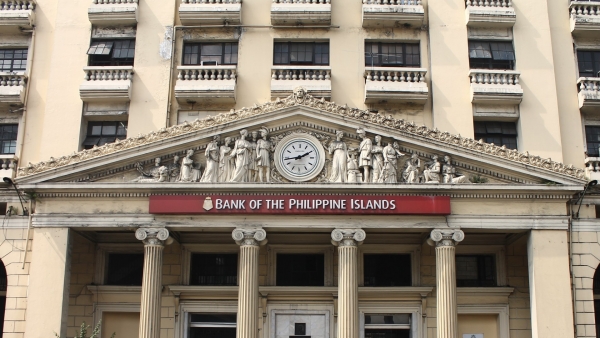
Bank of the Philippine Islands’ asset quality is on the path for improvement: S&P
The bank’s non-performing loans ratio is expected to further decline in 2022.
Bank of the Philippine Islands (BPI) is well-placed to weather stress from headwinds arising from more possible variants of COVID-19 with further improvement in asset quality, according to S&P Global Ratings.
The Philippine bank is noted to have a track record of consistent profitability and is already on the path to recovery from the pandemic.
However, asset quality could still be placed under strain should more infectious variants of the virus emerge throughout the year.
Barring this, BPI’s nonperforming loans (NPL) ratio is expected to further reduce throughout 2022.
“The bank's reported NPL ratio reduced to 2.49% as of December 31, 2021, from its peak of 2.94% as of end-June 2021, albeit higher than the pre-covid level of 1.66% at the end of 2019. The bank's NPL ratio remains better than the industry average, reflecting prudent underwriting and selective lending practices,” S&P wrote in a report.
BPI's credit costs also fell to 0.93% in 2021, from 1.96% in 2020, in tandem with the industry's, reflecting improved macroeconomic conditions.
The bank has also already covered "substantial ground" in building up loan loss reserves against a deterioration in asset quality related to the pandemic, the report added.






















 Advertise
Advertise








